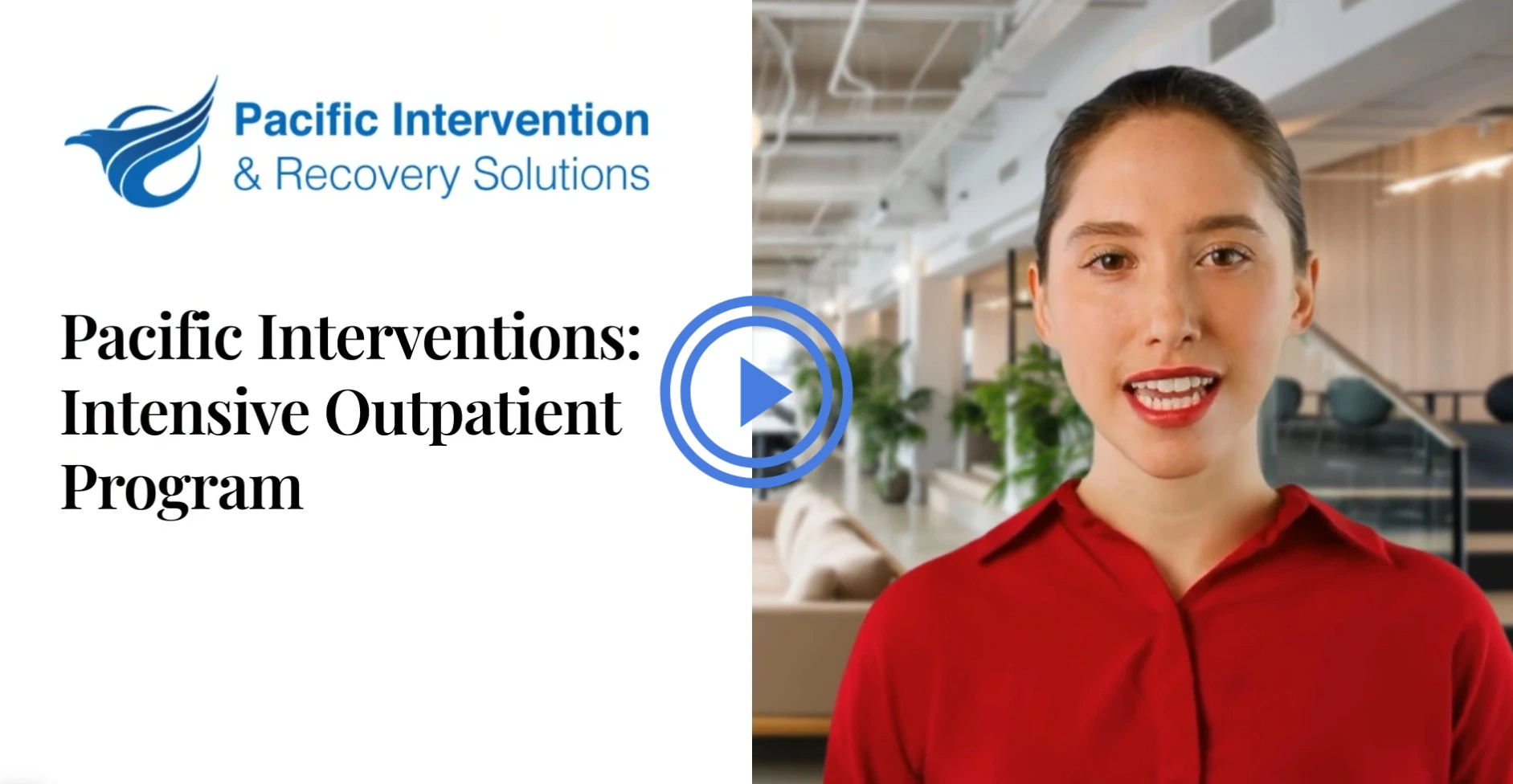Harm Reduction or Abstinence Based Recovery?
For many years, abstinence-based approaches have been the mainstay of addiction recovery. However, in recent years, there has been growing interest in harm reduction as an alternative approach. The question is, “which is better harm reduction or abstinence”? While both methods aim to help individuals recover from addiction, they differ significantly in their philosophy and approach.
Choosing between abstinence-based recovery and harm reduction will depend on several factors, including an individual’s personal goals, beliefs, and values. Here are some considerations that can help you decide which approach may be right for you or a loved one:
- The severity of the addiction: If an individual has a severe addiction, an abstinence-based approach may be necessary to break the cycle of addiction and reduce the risk of overdose and other negative consequences. Harm reduction strategies may be more appropriate for individuals with less severe addictions.
- Personal beliefs and values: Some individuals may feel strongly that complete abstinence is the only way to achieve recovery, while others may be more open to harm reduction strategies. It’s important to consider your personal beliefs and values when choosing a treatment approach.
- Support network: Support from family, friends, and peers can be crucial to achieving and maintaining recovery. Consider what types of support are available for both abstinence-based and harm reduction approaches and which approach may be most compatible with your support network.
- Co-occurring conditions: If an individual has co-occurring mental health or medical conditions, medication-assisted treatment may be necessary to manage these conditions while also addressing addiction. This may be considered a harm reduction strategy and may be necessary for some individuals to achieve and maintain recovery.
- Personal goals: Finally, it’s important to consider personal goals when choosing a treatment approach. If an individual’s goal is complete abstinence, an abstinence-based approach may be necessary. However, if an individual is not ready or able to achieve complete abstinence, harm reduction strategies may be more appropriate to help reduce the negative consequences of substance use.
Ultimately, the choice between abstinence-based recovery and harm reduction is a personal one and should be based on individual needs, goals, and circumstances. It may be helpful to consult with a healthcare professional or addiction specialist to determine which approach may be best for you or your loved one.
What is the Harm Reduction Approach?
Harm reduction is a philosophy that aims to reduce the negative consequences of substance use, rather than eliminate it altogether. It recognizes that abstinence may not be possible or desirable for everyone and seeks to meet people where they are. Harm reduction approaches may include strategies like needle exchange programs, medication-assisted treatment, or supervised consumption sites.
What is the Abstinence based Approach?
Abstinence-based approaches, on the other hand, aim to eliminate substance use altogether. This approach typically involves detoxification, followed by ongoing support through 12-step programs or other peer support groups. It is based on the belief that addiction is a lifelong disease that requires complete abstinence to achieve recovery.
Pros and Cons of Harm Reduction
Harm reduction has several potential benefits. First, it recognizes that substance use is often a complex issue that is influenced by social and economic factors. This approach acknowledges that some people may not be ready or able to stop using drugs or alcohol altogether and aims to reduce the harm caused by their use. Harm reduction also has the potential to reduce the spread of bloodborne diseases like HIV and hepatitis C through programs like needle exchange.
However, harm reduction is not without its drawbacks. Critics argue that it does not address the root causes of addiction and may enable individuals to continue using drugs or alcohol. Additionally, some harm reduction strategies, such as medication-assisted treatment, may have their own risks and side effects.
Pros and Cons of Abstinence-based Approaches
Abstinence-based approaches have been the standard for addiction treatment for many years and have a proven track record of success. Studies show that individuals who achieve long-term sobriety through abstinence-based programs often experience significant improvements in their overall well-being, including physical health, occupation, and relationships.
However, abstinence-based approaches may not be effective for everyone, and some individuals may struggle to achieve and maintain long-term sobriety. Additionally, some people may find the abstinence-based approach too restrictive and may benefit from harm reduction strategies that allow them to continue using drugs or alcohol in a safer way.
Statistics for Harm Reduction
Studies have shown that harm reduction strategies can be effective in improving the lives of individuals with substance use disorders. For example, a study published in the Journal of Substance Abuse Treatment found that individuals who participated in a needle exchange program reported significant improvements in their overall well-being, including physical health, mental health, and social functioning. Another study published in the Journal of Substance Abuse Treatment found that medication-assisted treatment can help reduce opioid use, improve mental health, and reduce criminal activity.
Statistics for Abstinence-based Approaches
Long-term sobriety is the ultimate goal of abstinence-based approaches. However, achieving and maintaining sobriety can be a challenging and ongoing process. According to the National Institute on Drug Abuse, individuals who remain in treatment for at least 90 days have a higher likelihood of achieving long-term sobriety. Additionally, ongoing support through 12-step programs or other peer support groups can significantly increase the likelihood of long-term recovery.
Both harm reduction and abstinence-based approaches have their pros and cons. The most effective approach will depend on the individual’s needs and goals. Harm reduction may be a good option for individuals who are not ready or able to stop using drugs or alcohol altogether, while abstinence-based approaches may be more appropriate for individuals who are committed to achieving long-term sobriety. Ultimately, the key to successful addiction recovery is finding the approach that works best for each individual. It is important to know that Harm Reduction does improve some people’s lives, but the question is how much of an improvement is it? Many people can get stuck in a harm reduction approach and may actually be hindering their true potential. If they were to move into abstinence-based recovery, their lives would drastically improve even more. It is easy to get stuck in what the government has labelled as “improved well being.” Just because one is not using as much or perhaps different substances, or on MAT (medication assisted treatment) does not mean that that person could not continue to improve their over-all well-being. Pacific Interventions for years have used evidence-based treatment. We actually will sit down with each individual and provide a full screening to see what that individual has tried before and how they have fallen short of their recovery goals. Harm reduction is a good start to a new way of living, and through proper counselling and treatment methods we will continue to work with each individual so that they can achieve their full potential and be free from all mind altering substances which has proven to be the most rewarding method of addiction recovery.









